In the lush and diverse landscapes of Southeast Asia, Edwards’s Pheasant (Lophura edwardsi) emerges as a symbol of the region’s rich biodiversity and intricate ecosystems. With its captivating beauty, unique plumage, and intriguing behaviors, this pheasant stands as a testament to the beauty and fragility of the natural world. In this article, we delve into the world of Edwards’s Pheasant, exploring its characteristics, habitat, conservation status, and its significance within the intricate web of life in its native forests.
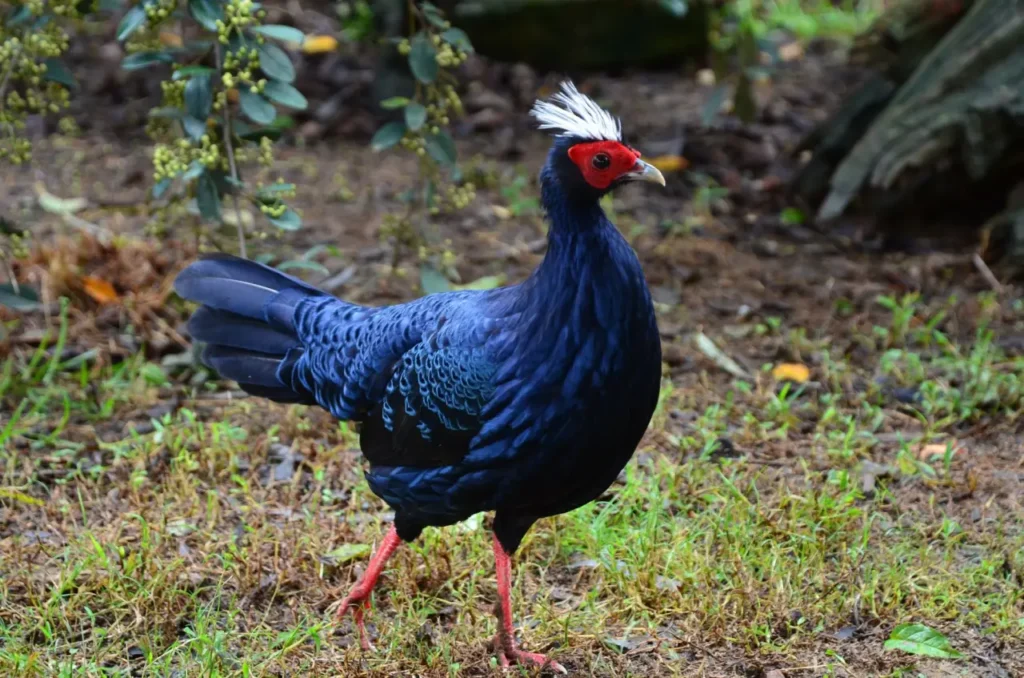
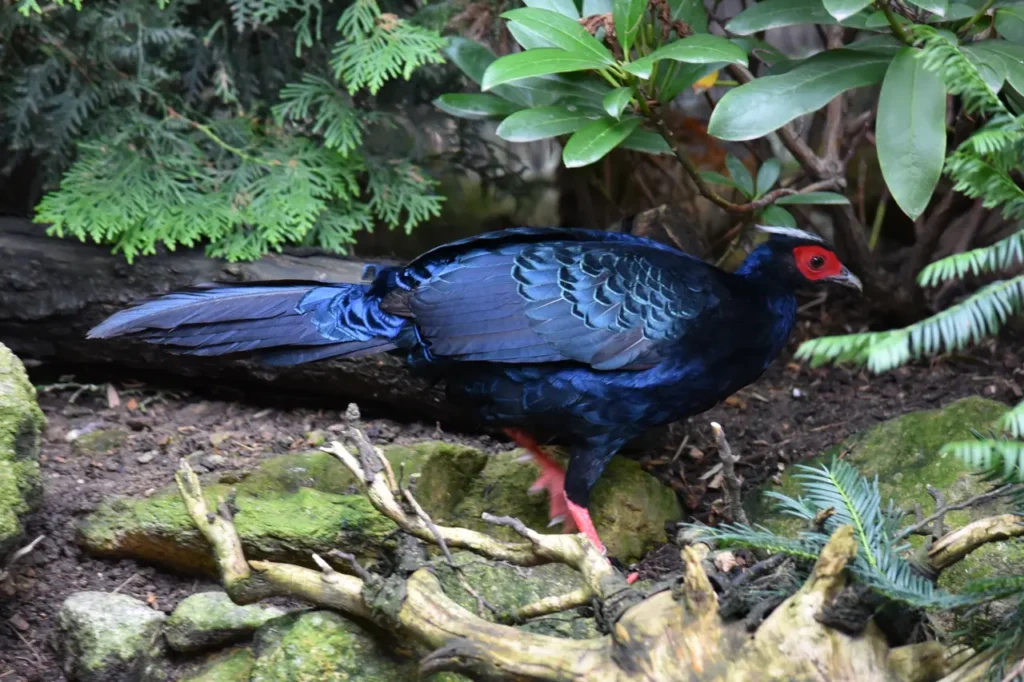
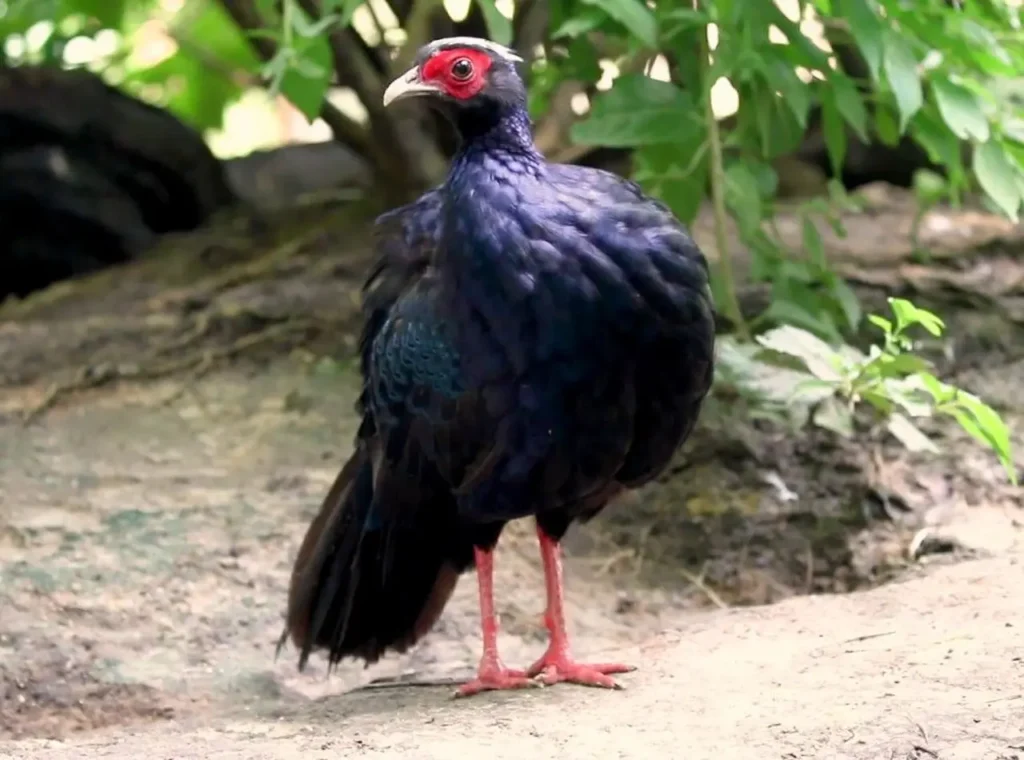
Appearance and Characteristics
Edwards’s Pheasant is a remarkable bird, known for its striking appearance and distinctive plumage. The male pheasant boasts vibrant colors with iridescent blue-green and black feathers that adorn its body. Its tail feathers are particularly impressive, featuring long and elegant central tail plumes that trail behind like a regal train. The female, although less colorful than the male, exhibits a more subtle but equally beautiful appearance, with warm brown and chestnut tones.
Habitat and Range
This exquisite bird is endemic to the forests of Southeast Asia, primarily found in the mountainous regions of Vietnam and Laos. Edwards’s Pheasant inhabits dense evergreen and mixed forests, particularly those with thick undergrowth and ample cover. These habitats provide not only suitable nesting sites but also protection from predators.
Behavior and Conservation
Edwards’s Pheasant is known for its secretive and elusive behavior, often staying hidden within the underbrush of its forest home. It is a ground-dwelling bird, foraging for a varied diet of fruits, seeds, insects, and small invertebrates. Like many pheasants, it is also celebrated for its elaborate courtship displays, which involve impressive feather displays and vocalizations.
Conservation Status and Challenges
Edwards’s Pheasant faces significant conservation challenges due to habitat loss and fragmentation caused by deforestation, agricultural expansion, and human encroachment. Additionally, hunting and illegal trade contribute to the decline of its populations. As a result, the pheasant is classified as “Endangered” by the International Union for Conservation of Nature (IUCN).
Conservation Efforts
Efforts to conserve Edwards’s Pheasant are underway, including habitat protection initiatives, community engagement, and raising awareness about the species’ plight. Captive breeding and reintroduction programs are also being explored to bolster wild populations and ensure the survival of this magnificent bird.
Cultural and Ecological Significance
In its native regions, Edwards’s Pheasant holds cultural significance in local folklore and traditions. Its stunning appearance and unique behaviors have inspired stories and legends that reflect its place in the hearts of people living alongside it.
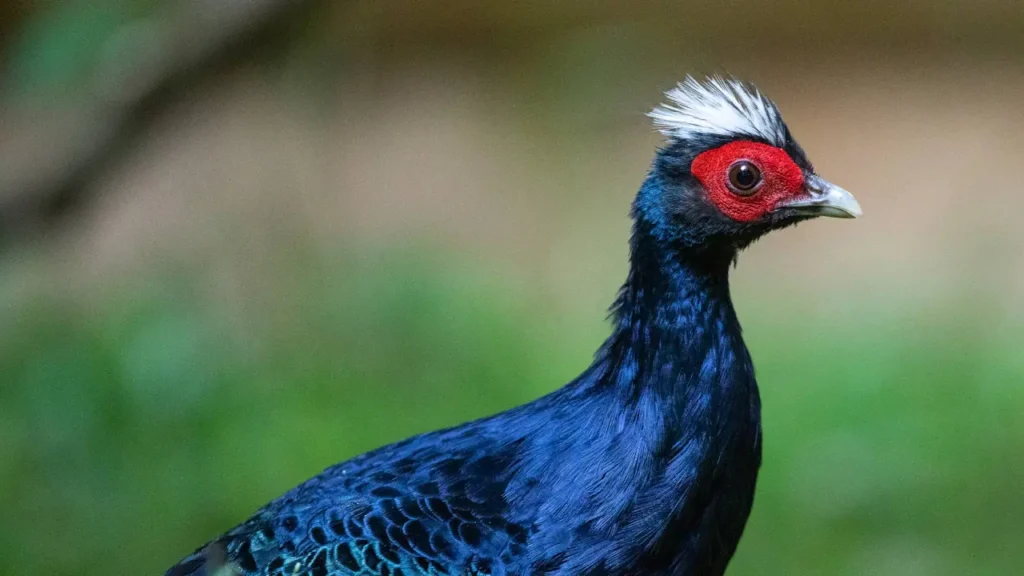
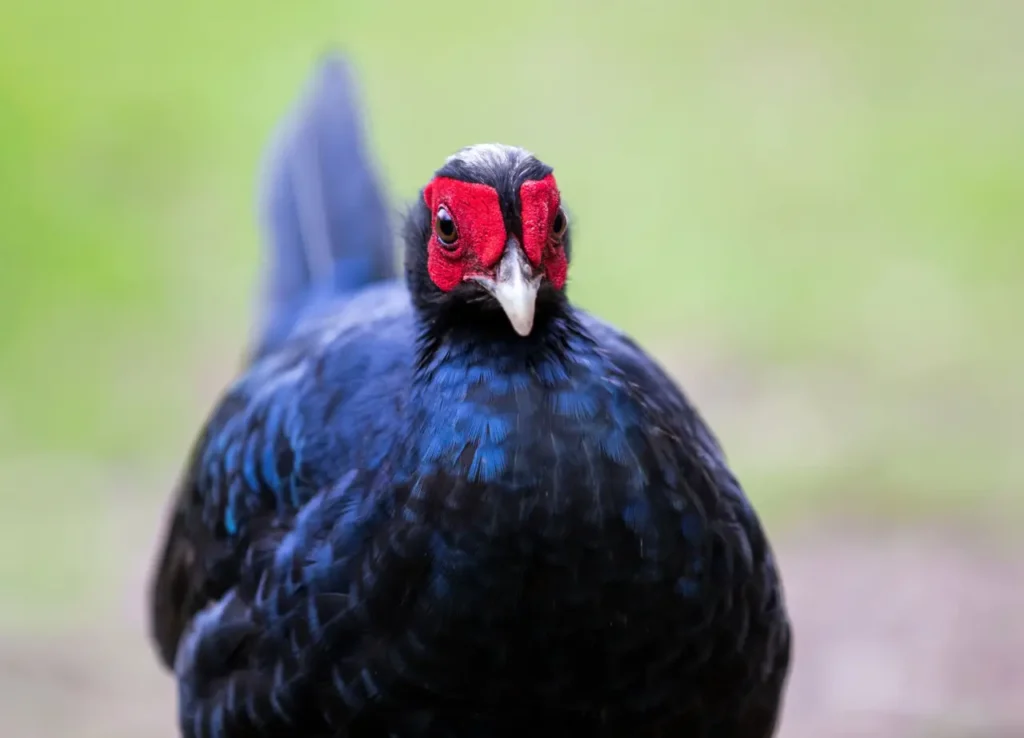
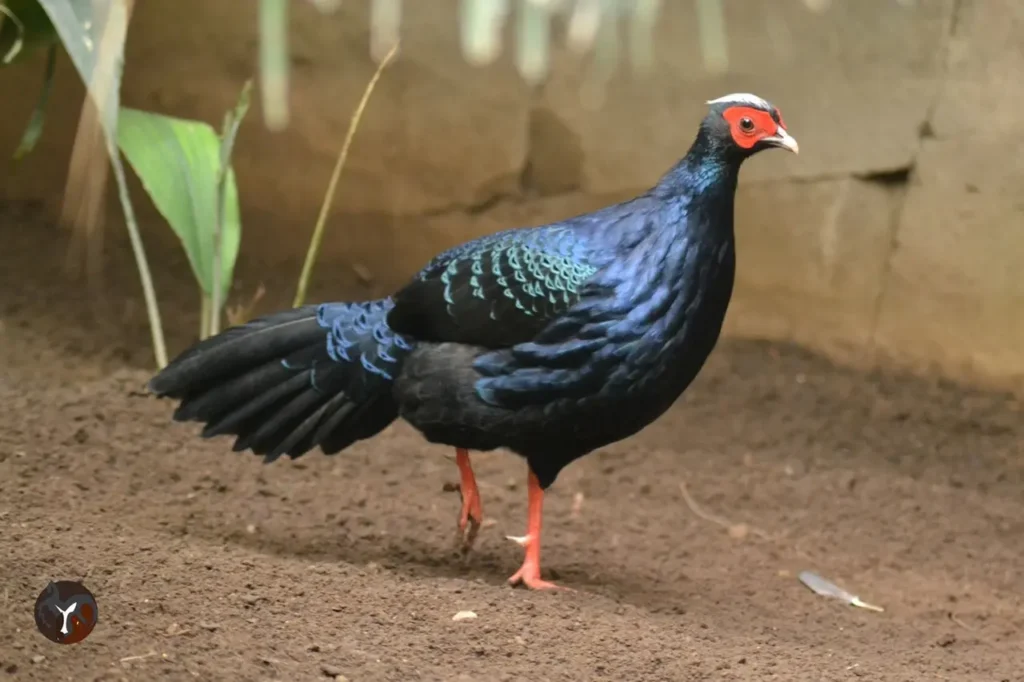
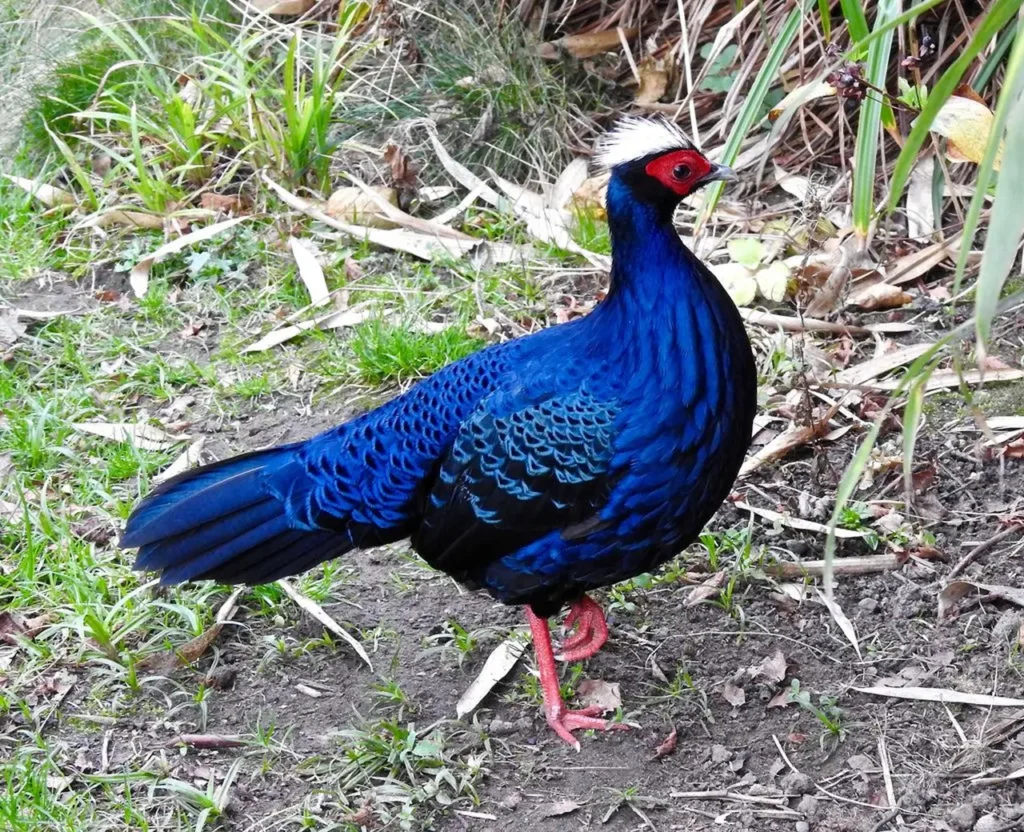
Edwards’s Pheasant, with its exquisite plumage and role in Southeast Asian ecosystems, underscores the importance of preserving the world’s natural treasures. Its story speaks to the delicate balance between human development and the conservation of biodiversity. By acknowledging the beauty of Edwards’s Pheasant and supporting efforts to protect its habitat, we honor the interconnectedness of all life and the urgency of safeguarding the world’s diverse and irreplaceable species.








